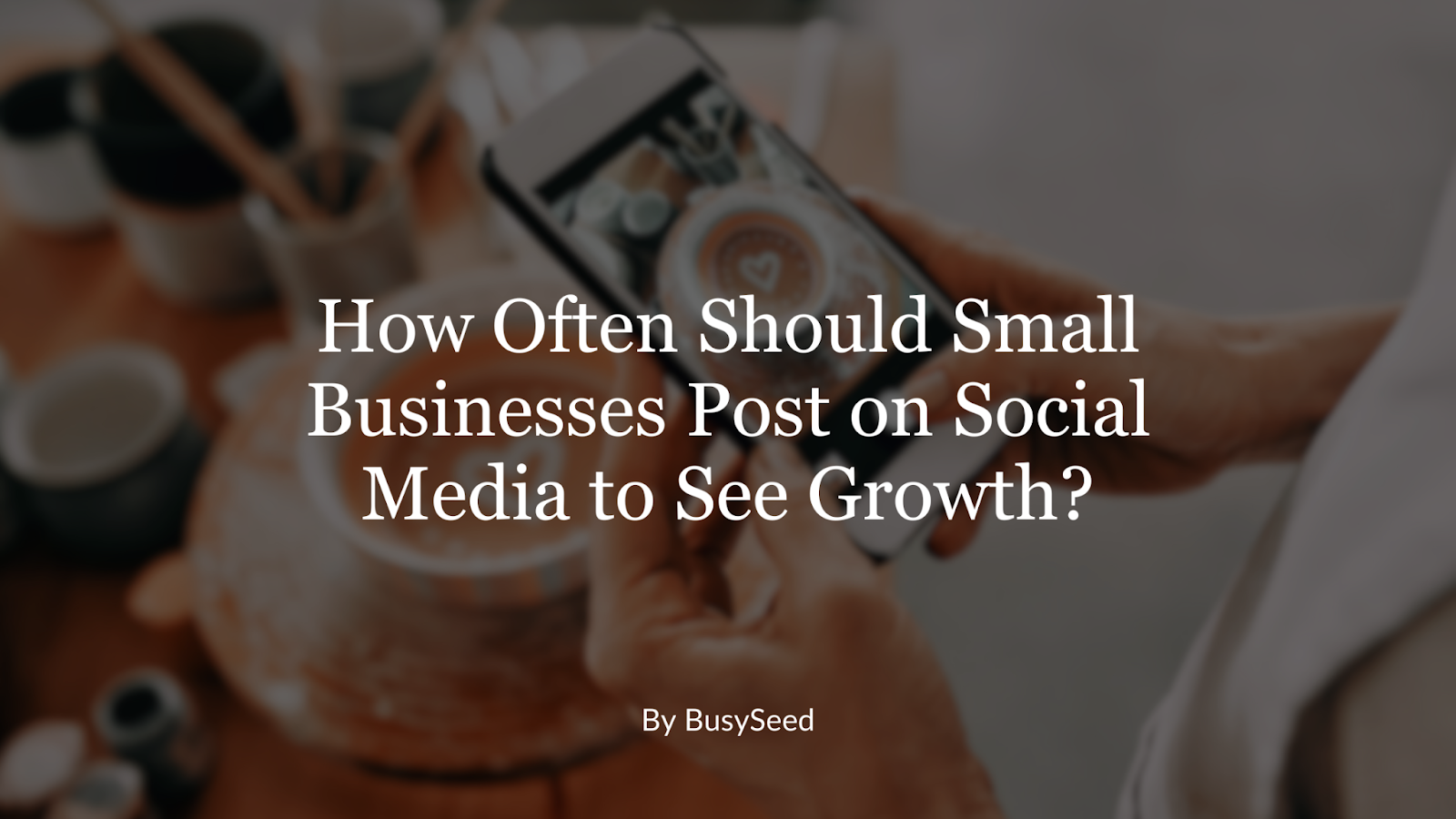How to Create and Effective Social Media Post
Many social media platforms have their own unique posting styles. It’s no wonder why businesses are confused as to which platforms to use. After setting up your accounts and determining your targeted audience, the types of posts you create will be the driving factor in getting results. We’ve put together the three most important things to know when posting on any social media platform.
Images are Worth a Thousand Words
Did you know 90% of information transmitted to the brain is visual and is processed 60,000 times faster than text? As a result, Instagram’s image-centric platform has continued to grow in popularity.
When posting a product, avoid being overly salesy. Create an image that showcases the product in use. When users are scrolling, they’ll automatically know what the product is and what it does. Let the image do most of the selling.
Your photos should be unique and eye-catching. Avoid awkwardly cropped or blurred images. If your photo lacks professional quality, there are several photo editing tools to utilize including Canva, Pixlr, and Pablo.
When choosing a post, pay attention to the dominant color. Colors are known to provoke emotions. Images with a single dominant color received 17% more likes than images with multiple colors.
Don’t forget to add a unique touch to your images. Add your logo, a filter, or a design element so customers can distinguish your posts from the rest of the competition.
Choose Your Words Carefully
Determine the one message you want to relay to customers and keep the copy short. Social platforms have increased their character counts, but that doesn’t mean you should always increase yours. Facebook posts with 80 characters or less receive 66% more engagement. Most people don’t read social copy as they scroll down their feed; they skim. Make sure your content is easy to read and the most important information is near the beginning of your copy.
If you don’t want to include all of the details in the copy of a post, add additional information to your image. Creating captivating copy within an image can cause people to stop scrolling and engage with your content.
Set the Right Tone
Avoid using a passive voice. If you’re passive about a product, anyone reading your social copy will be passive as well.
Passive voice:
“We received the award for Best Cheesecake in Los Angeles.”
Active voice:
“We won the award for Best Cheesecake in Los Angeles.”
Using an active voice is much more powerful and describes an action instead of downplaying it.
Avoid using wishy-washy words or phrases like, “pretty good,” “maybe,” and “possibly.” This can be perceived as having a lack of confidence in your brand or saying it’s “so, so.” Use stronger words such as, “delicious,” “effective,” and “guaranteed.”
Keep in mind copy and images go hand-in-hand. If you don’t capture a consumer’s attention with one, you can capture them with the other. Never think of your copy and images as separate elements. Make sure they both tell the same story to produce the same outcome.



 Forms? Rethinking Your B2B Lead Capture in a Post-Form World"." onerror="handleImageLoadError(this)"/>
Forms? Rethinking Your B2B Lead Capture in a Post-Form World"." onerror="handleImageLoadError(this)"/>







